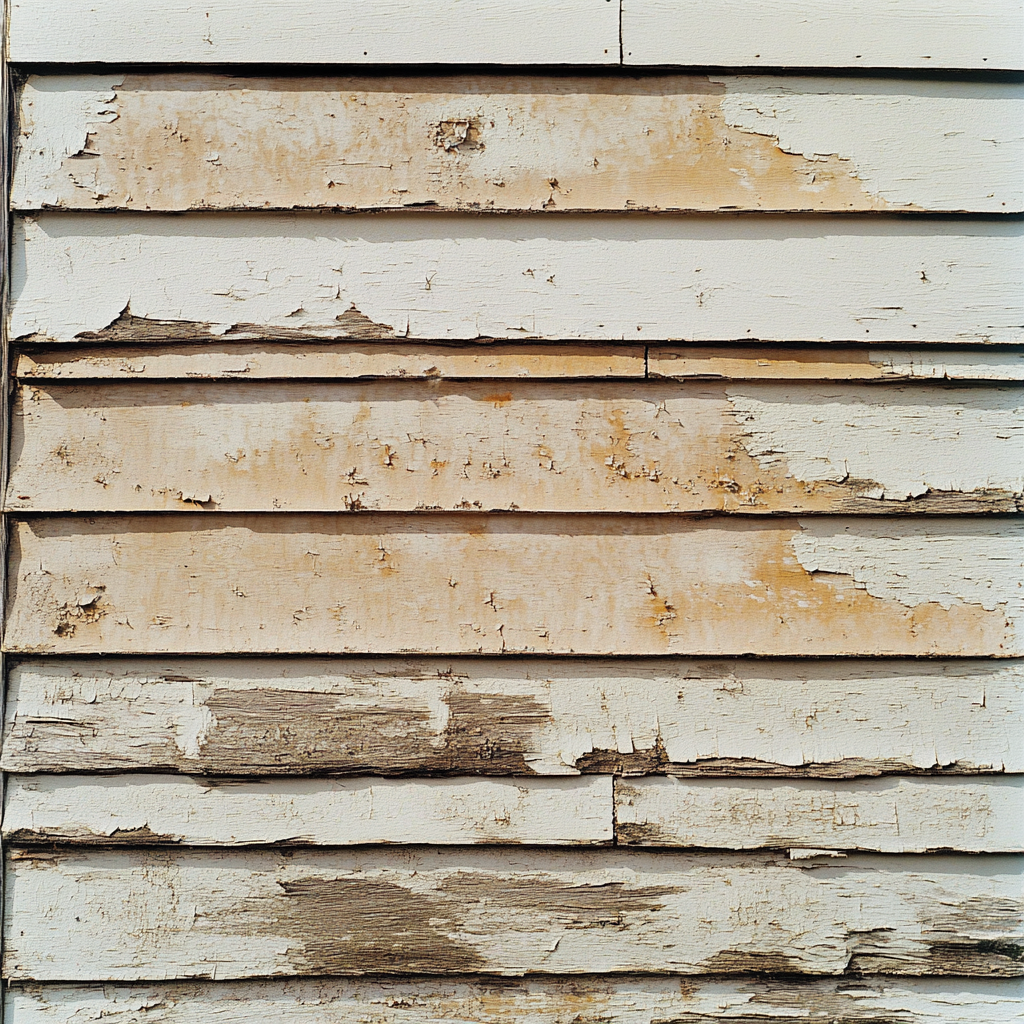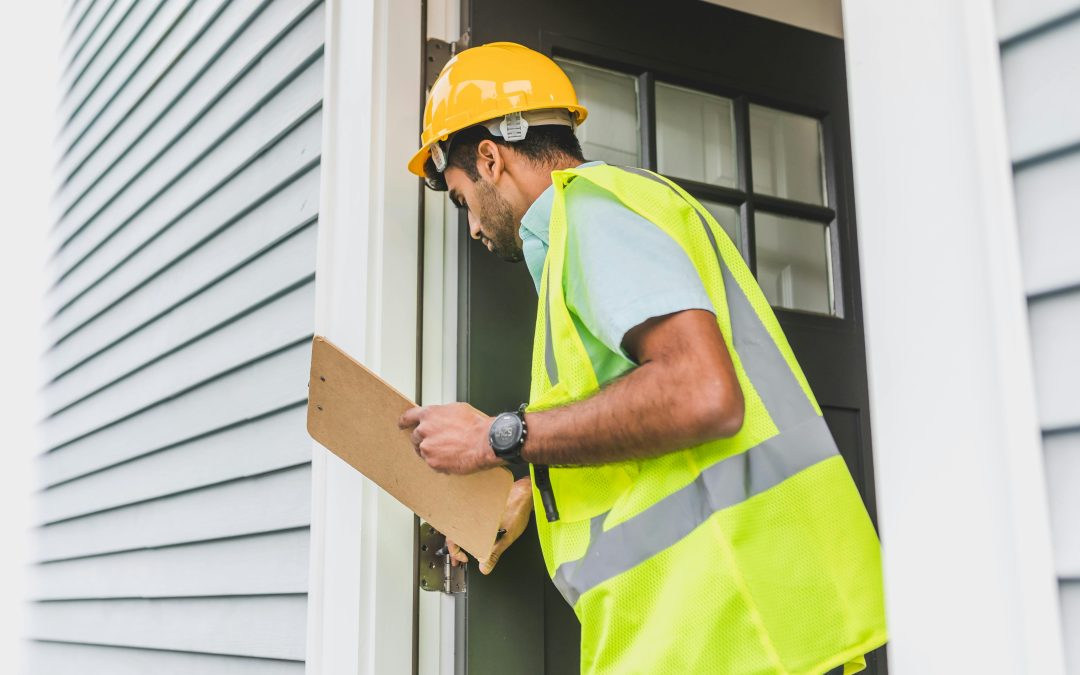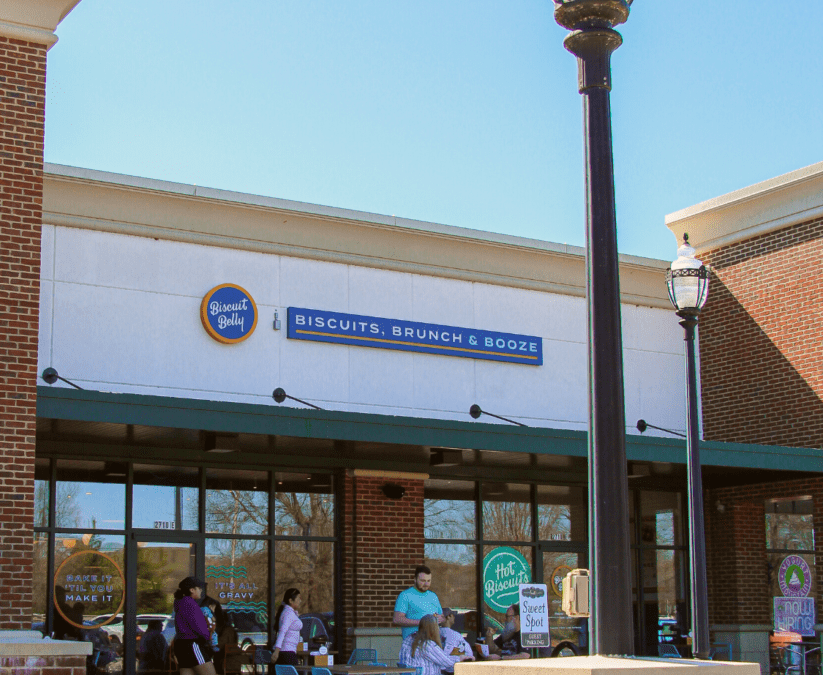Welcome to our guide on asbestos siding from Yellowhammer Home Inspection Services. In this article, we’ll walk you through the process, from identifying asbestos siding on your home to understanding the safest practices for handling and replacing it. Asbestos siding once praised for its durability and fire-resistant properties, has now become a cause for concern due to its health risks when disturbed. Our goal is to educate local neighborhood residents, potential home buyers and sellers, and local business owners on safely managing this material within their properties.
Introduction to Asbestos Siding: Asbestos siding consists of a mixture of asbestos fibers and portland cement creating a robust, fire-resistant material. Historically, its use was widespread in home construction until the late 1970s when the health risks associated with asbestos fibers became widely recognized. These risks include serious lung conditions, such as mesothelioma and asbestosis, especially when asbestos fibers are inhaled. It’s crucial to handle asbestos siding correctly to minimize the release of these hazardous fibers into the air.
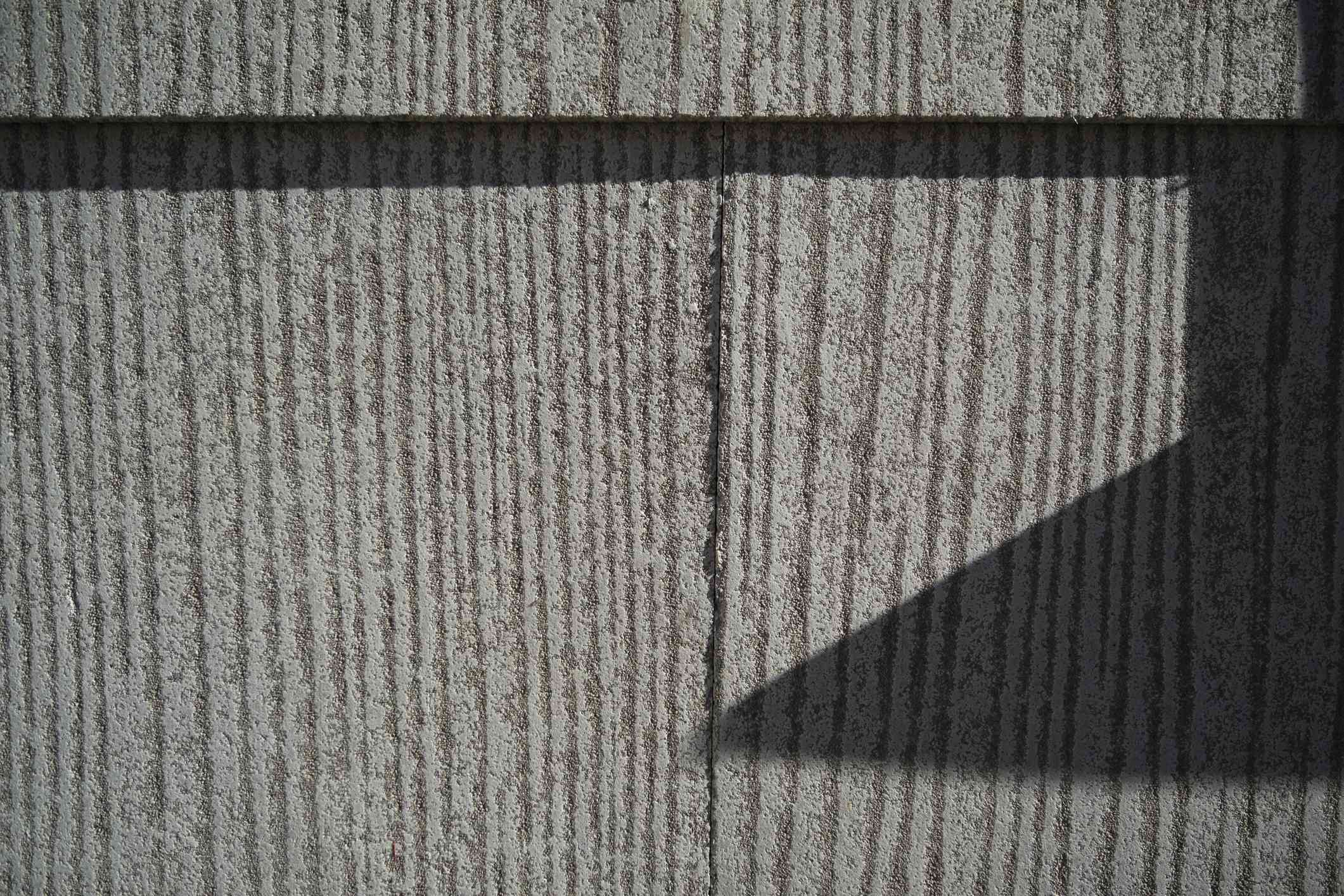
- Understanding Asbestos Siding: A Historical Overview Source: https://www.facebook.com/thespruceofficial/ – thespruce.com
How to Identify Asbestos Siding: Identifying asbestos siding can be challenging. Often, it resembles cement or fiber-cement siding but features subtle distinctions. Look for siding shingles with a textured surface mimicking wood grain, commonly in 12″x24″ sizes, or check for the characteristic vertical grooves. Noticing layers of paint or the distinct, fragile nature of broken shingles may also hint at asbestos. Remember, homes constructed before the 1980s are more likely to have used asbestos-containing materials, including siding.
The most reliable method to confirm the presence of asbestos is professional testing. If you suspect your siding may contain asbestos, consider contacting an accredited lab to analyze a sample, especially if you plan any renovations or alterations that might disturb the siding. Safety first—wear protective gear when taking a sample, and follow proper procedures to prevent fiber release.
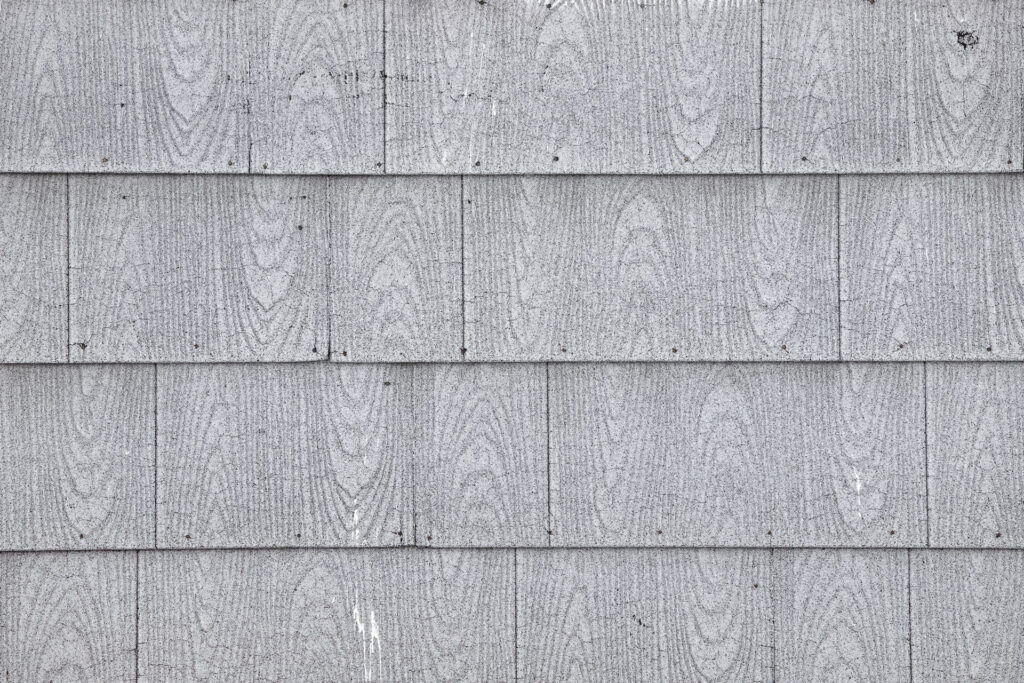
- Visual Guide: Recognizing Asbestos Siding Features Source: architecturaldigest.com
Handling Asbestos Siding: If your home has asbestos siding, it doesn’t always necessitate immediate removal. When the siding is in good condition, it poses minimal health risks. Maintenance should focus on minimizing disturbance: avoid power washing and aggressive cleaning methods that could break the siding. For damaged areas, professional testing and, if necessary, removal, are recommended. It’s best to consult with asbestos abatement professionals who can safely manage or remove the siding.
Asbestos siding becomes a health hazard when it’s damaged or disturbed, as this can release fibers into the air. Regular inspections can help you identify when professional intervention might be needed. For any repair or removal work, hiring certified asbestos removal professionals is essential to ensure safety and compliance with local regulations. DIY repairs or removal of asbestos siding are strongly discouraged due to the risks of asbestos exposure.
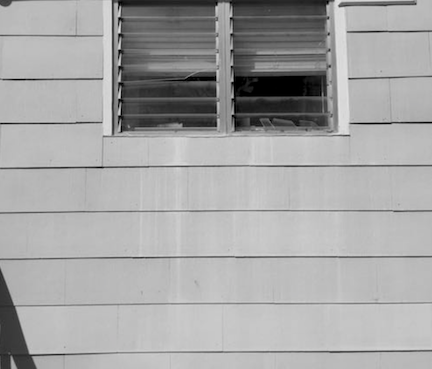
- Safe Handling Practices for Asbestos Siding Source: southeast-environmental.com
Alternatives and Considerations for Asbestos Siding: When asbestos siding needs replacement, several safer alternatives are available. Modern fiber-cement siding, for instance, provides similar benefits without the health risks associated with asbestos. Vinyl siding is another popular option, offering ease of maintenance and a wide range of aesthetic choices. Beyond aesthetics and safety, consider factors such as cost, local building codes, and the potential impact on your property’s value when selecting a replacement siding material.
It’s important to note that covering asbestos siding with new siding is a viable option, known as encapsulation. This method seals the asbestos-containing material, preventing fiber release. Whether you choose removal or covering, it’s crucial to work with knowledgeable contractors familiar with safe asbestos practices. Properly managing asbestos siding not only ensures your family’s health and safety but also maintains the integrity and value of your property.

- Alternatives to Asbestos Siding: Modern Siding Options Source: architecturaldigest.com
To sum up, asbestos siding requires careful handling and consideration. Whether you’re maintaining, encapsulating, or replacing it, always prioritize safety and compliance with local health and building regulations. With the right approach, you can effectively manage asbestos siding, ensuring a safe and healthy environment for your home or business.

